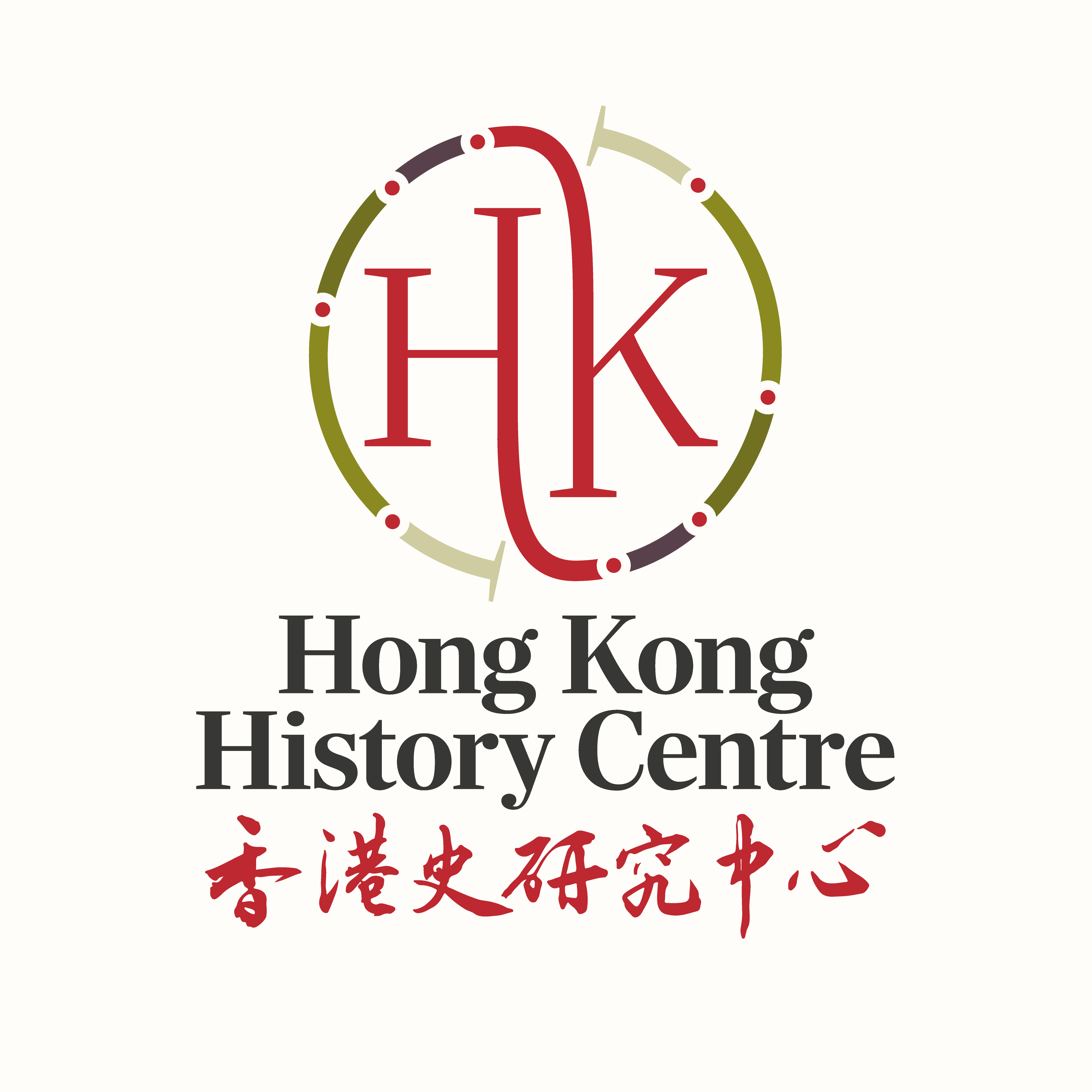
By Vaudine England.
A dear friend and colleague from a past journalistic life — educated, erudite and well-informed — delighted in saying: ‘I hate history!’ Why bother with stories of days gone by when so much is happening, right now? …
03/02/16
By Vaudine England
Lethbridge’s article, ‘The Yellow Fever’, had concluded with an image of how the different, mostly non-Chinese peoples of Hong Kong interacted, or not:
‘The full flavour of the European community is to be savoured at a gala …
22/12/15
Dissertation Reviews has posted a review of Kaori Abe’s fascinating doctoral dissertation, The City of Intermediaries: Compradors in Hong Kong from the 1830s to the 1880s. Take a look at:
http://dissertationreviews.org/archives/12498.
Kaori is currently Postdoctoral Fellow in …
27/11/15
Born and raised in Hong Kong, Vivian Kong moved to Bristol to take up the Hong Kong History Project Doctoral Studentship in 2015. After the completion of her BA and MPhil degrees at the University of Hong Kong, she …
22/11/15By Vaudine England.
A dear friend and colleague from a past journalistic life — educated, erudite and well-informed — delighted in saying: ‘I hate history!’ Why bother with stories of days gone by when so much is happening, right now? …
03/02/16By Vaudine England
Lethbridge’s article, ‘The Yellow Fever’, had concluded with an image of how the different, mostly non-Chinese peoples of Hong Kong interacted, or not:
‘The full flavour of the European community is to be savoured at a gala …
22/12/15Dissertation Reviews has posted a review of Kaori Abe’s fascinating doctoral dissertation, The City of Intermediaries: Compradors in Hong Kong from the 1830s to the 1880s. Take a look at:
http://dissertationreviews.org/archives/12498.
Kaori is currently Postdoctoral Fellow in …
27/11/15Born and raised in Hong Kong, Vivian Kong moved to Bristol to take up the Hong Kong History Project Doctoral Studentship in 2015. After the completion of her BA and MPhil degrees at the University of Hong Kong, she …
22/11/15